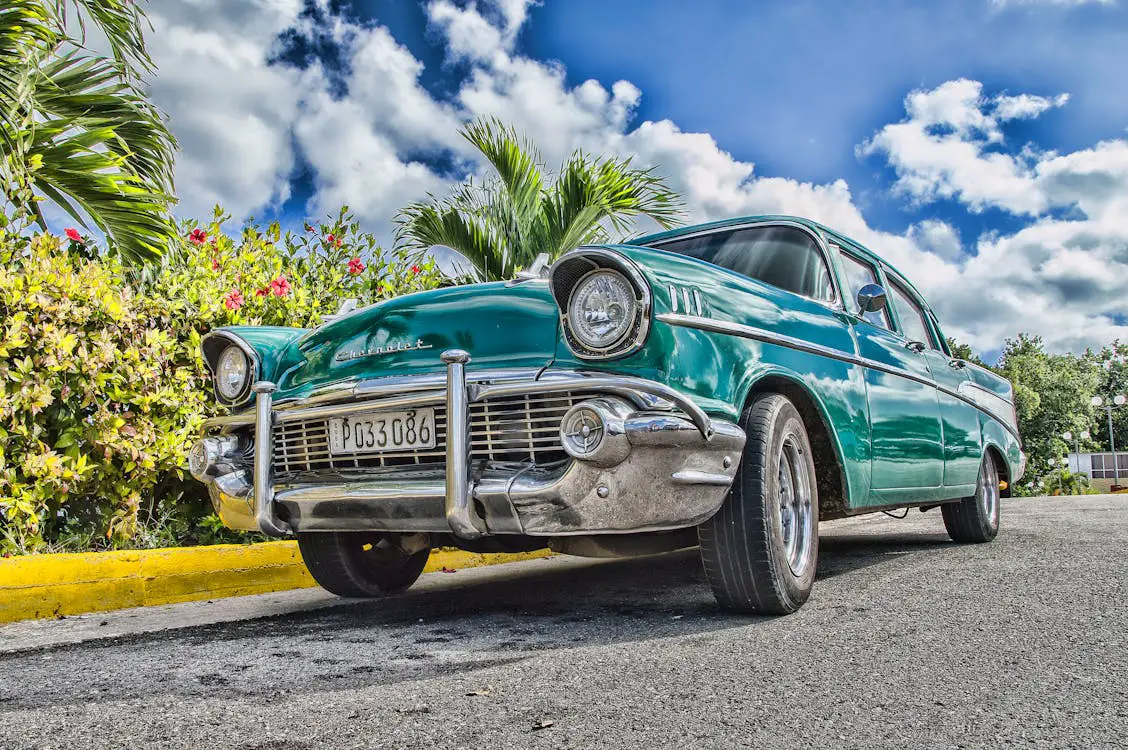Introduction:
Owning a vintage or classic car is more than just possessing a mode of transportation; it’s a passion, a piece of history, and often a significant investment. Whether it’s a meticulously restored antique automobile or a timeless classic from a bygone era, protecting these cherished vehicles is paramount for collectors. In the world of vintage and classic car collecting, securing appropriate insurance coverage is essential to safeguard against unforeseen risks. This comprehensive guide explores the nuances of insuring vintage and classic cars, providing valuable insights for collectors to ensure their prized possessions are adequately protected.
Understanding the Value:
Unlike modern vehicles, vintage and classic cars often appreciate in value over time, making them unique assets with distinct insurance needs. Determining the value of a classic car can be complex and requires expertise in assessing factors such as rarity, historical significance, condition, and market trends. Unlike standard auto insurance policies, which typically cover the depreciating value of a vehicle, insuring a classic car involves considerations for its appreciating worth. As such, collectors must seek specialized insurance solutions tailored to the unique characteristics of their vintage automobiles.
Specialized Coverage Options:
Vintage and classic car insurance policies offer specialized coverage options designed to address the specific needs of collectors. Agreed Value Coverage is a common feature, where the insurer and the policyholder agree upon the vehicle’s value upfront. This ensures that in the event of a total loss, the policy will pay out the predetermined amount, eliminating uncertainties associated with depreciation. Additionally, policies often include provisions for spare parts, restoration costs, and coverage for diminished value—a crucial consideration for collectors seeking to maintain the integrity and value of their classic cars.
Factors Influencing Premiums:
Several factors influence the cost of insurance premiums for vintage and classic cars. The vehicle’s age, make, model, and condition are primary determinants, as well as the owner’s driving history and usage patterns. Storage and security measures also play a significant role, with insurers offering discounts for vehicles kept in secure garages equipped with anti-theft devices. Moreover, the frequency and manner in which the car is driven—whether for everyday use or limited to exhibitions and special events—can impact premium rates. By understanding these factors, collectors can take proactive steps to mitigate insurance costs while ensuring adequate coverage for their prized possessions.
Navigating Classic Car Valuation:
Valuing a classic car accurately is essential for securing the appropriate insurance coverage. While traditional vehicles depreciate over time, classic cars often appreciate, making valuation a nuanced process. Owners should enlist the expertise of appraisers specializing in vintage automobiles to assess factors such as originality, authenticity, and historical significance. Documentation, including service records, restoration receipts, and historical documentation, can provide valuable evidence to support the vehicle’s value. By obtaining a comprehensive appraisal, collectors can ensure their insurance coverage reflects the true worth of their classic cars, providing peace of mind in the event of an insurance claim.
Factors to Consider When Insuring Vintage Cars:
When insuring vintage cars, several factors should be carefully considered to ensure comprehensive coverage:
- Usage Restrictions: Vintage car insurance policies often come with restrictions on usage, such as mileage limits and requirements for participating in club events or exhibitions. It’s essential to review these limitations to ensure compliance and avoid potential coverage gaps.
- Restoration Coverage: Restoring a classic car can be a labor-intensive and costly endeavor. Insurance policies may offer coverage for restoration work, including damage incurred during the restoration process or reimbursement for the increased value post-restoration.
- Spare Parts Coverage: Vintage car collectors often accumulate spare parts to maintain and restore their vehicles. Insurance policies may include coverage for spare parts kept on-site or in storage, protecting against loss or damage.
- Agreed Value vs. Stated Value: While both agreed value and stated value policies provide coverage based on an agreed-upon value, there are subtle differences. Agreed value policies typically offer more comprehensive coverage, as the insured amount is predetermined and guaranteed in the event of a total loss.
- Deductibles and Coverage Limits: Vintage car insurance policies may have different deductible options and coverage limits than standard auto insurance. It’s essential to review these details carefully and select coverage options that align with your needs and budget.
Conclusion:
For vintage and classic car collectors, securing appropriate insurance coverage is essential to protect their prized possessions against unforeseen risks. Specialized insurance policies tailored to the unique characteristics of classic cars offer comprehensive coverage options, including agreed value coverage, restoration coverage, and spare parts coverage. By understanding the factors influencing insurance premiums and navigating the nuances of classic car valuation, collectors can ensure their vehicles are adequately protected. With the right insurance coverage in place, collectors can enjoy peace of mind, knowing that their cherished classics are safeguarded for generations to come.

